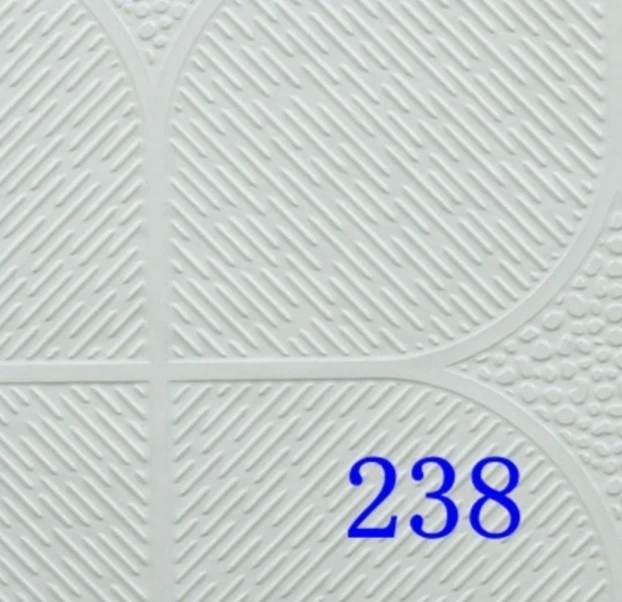Dec . 21, 2024 21:09 Back to list
drop ceiling cross tee
Understanding Drop Ceiling Cross Tees An Essential Component for Suspended Ceilings
Drop ceilings, also known as suspended ceilings or false ceilings, have become increasingly popular in modern construction and renovation projects. One of the fundamental components that enable this ceiling design is the drop ceiling cross tee. This article explores the significance, types, installation, and benefits of drop ceiling cross tees, providing valuable insights for both homeowners and professional builders.
What are Drop Ceiling Cross Tees?
Drop ceiling cross tees are metal or plastic components that create the grid framework for suspended ceilings. These tees act as connectors between the main tees, which run perpendicular to the ceiling's structural elements. They form the grid system that supports ceiling tiles or panels, allowing for both aesthetic appeal and functional advantages such as sound insulation and fire resistance.
Types of Cross Tees
Cross tees come in various lengths and designs, tailored to meet different construction needs and ceiling layouts. The most common lengths include 2 feet and 4 feet, but custom lengths are also available for specific projects. Some cross tees are designed for specific tile sizes, making it crucial to select the correct type based on the intended ceiling design.
Additionally, cross tees can be classified as either 'standard' or 'heavy-duty.' Standard cross tees are adequate for typical residential applications, while heavy-duty options are better suited for commercial environments, where they may need to support heavier ceiling tiles or acoustic panels.
Installation Process
The installation of drop ceiling cross tees requires careful planning and execution. First, the main runners are installed, which will act as the primary support for the entire grid system. Once the main runners are in place, cross tees are inserted in the designated slots at regular intervals. The installation process generally follows these steps
drop ceiling cross tee

1. Planning Determine the layout and measurements of the ceiling grid, ensuring adequate alignment with overhead structures. 2. Installation of Main Runners Securely attach the main runners to the ceiling using appropriate hardware. 3. Adding Cross Tees Insert the cross tees into the main runners, ensuring they fit snugly and are level. 4. Final Adjustments Adjust the grid as necessary, ensuring all components are aligned correctly before inserting ceiling tiles.
Benefits of Using Cross Tees
There are several advantages to using drop ceiling cross tees in construction
1. Flexibility Cross tees allow for a customizable ceiling layout. Different shapes and sizes can be designed to fit any space, accommodating lighting fixtures, ductwork, and other installations. 2. Accessibility A suspended ceiling system provides easy access to plumbing, wiring, and HVAC systems, making maintenance effortless and efficient.
3. Aesthetic Appeal Drop ceilings with cross tees offer a clean and polished look, enhancing the overall appearance of a room while allowing for diverse design possibilities.
4. Sound and Thermal Insulation Many ceiling tiles enhance soundproofing and thermal regulation, contributing to a more comfortable indoor environment.
5. Cost-Effectiveness Installing a drop ceiling with cross tees is often less expensive than traditional ceilings, particularly in commercial settings where time and labor savings are significant.
Conclusion
In conclusion, drop ceiling cross tees play a crucial role in the construction of suspended ceilings, providing structural support and design flexibility. Understanding their types, installation process, and benefits can help homeowners and builders alike maximize the potential of their spaces. Whether for renovations or new constructions, incorporating drop ceiling systems will undoubtedly add value and functionality to any interior environment.
-
Durable Ceiling T Grid Systems | Easy InstallationNewsAug.29,2025
-
PVC Gypsum Ceiling: Durable, Laminated Tiles for Modern SpacesNewsAug.28,2025
-
Pvc Gypsum Ceiling Is DurableNewsAug.21,2025
-
Mineral Fiber Board Is DurableNewsAug.21,2025
-
Ceiling Tile Clip Reusable DesignNewsAug.21,2025
-
Ceiling T Grid Modular DesignNewsAug.21,2025







